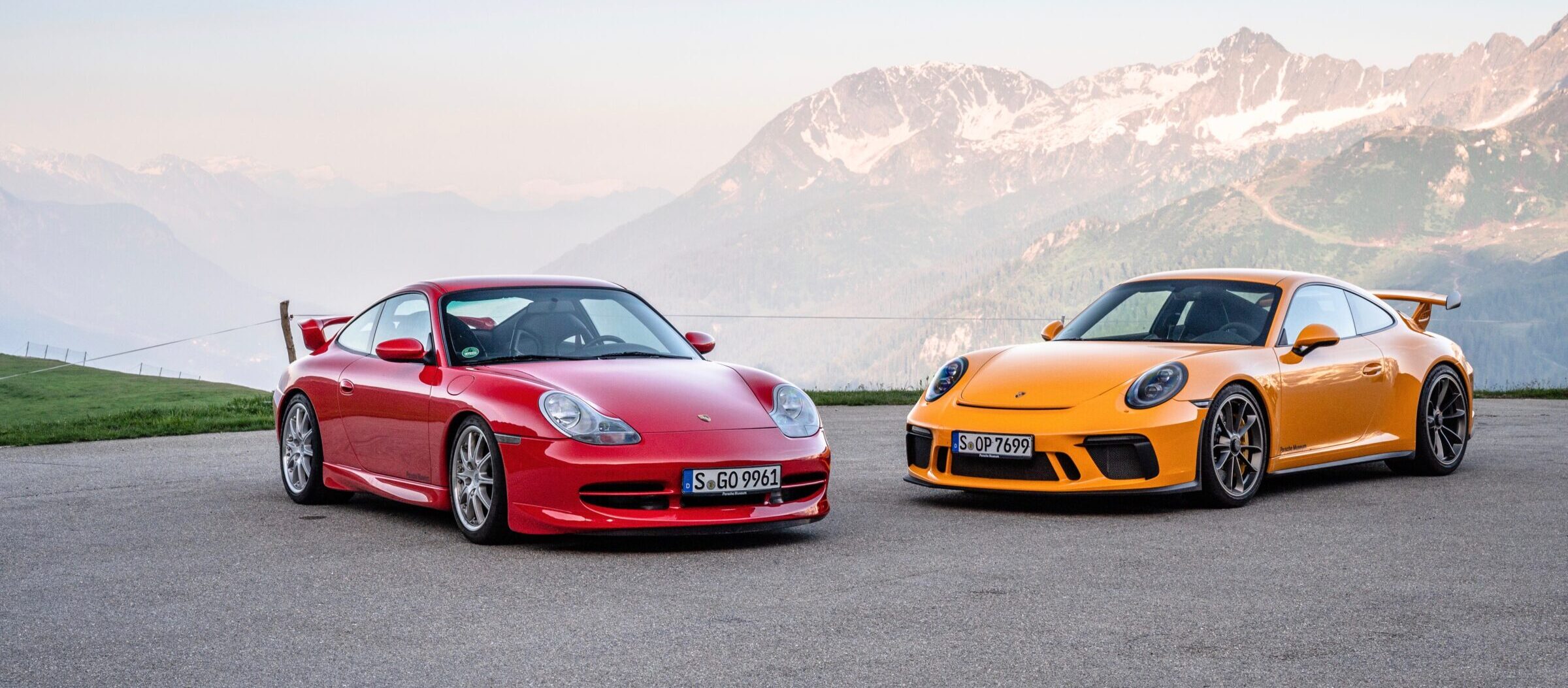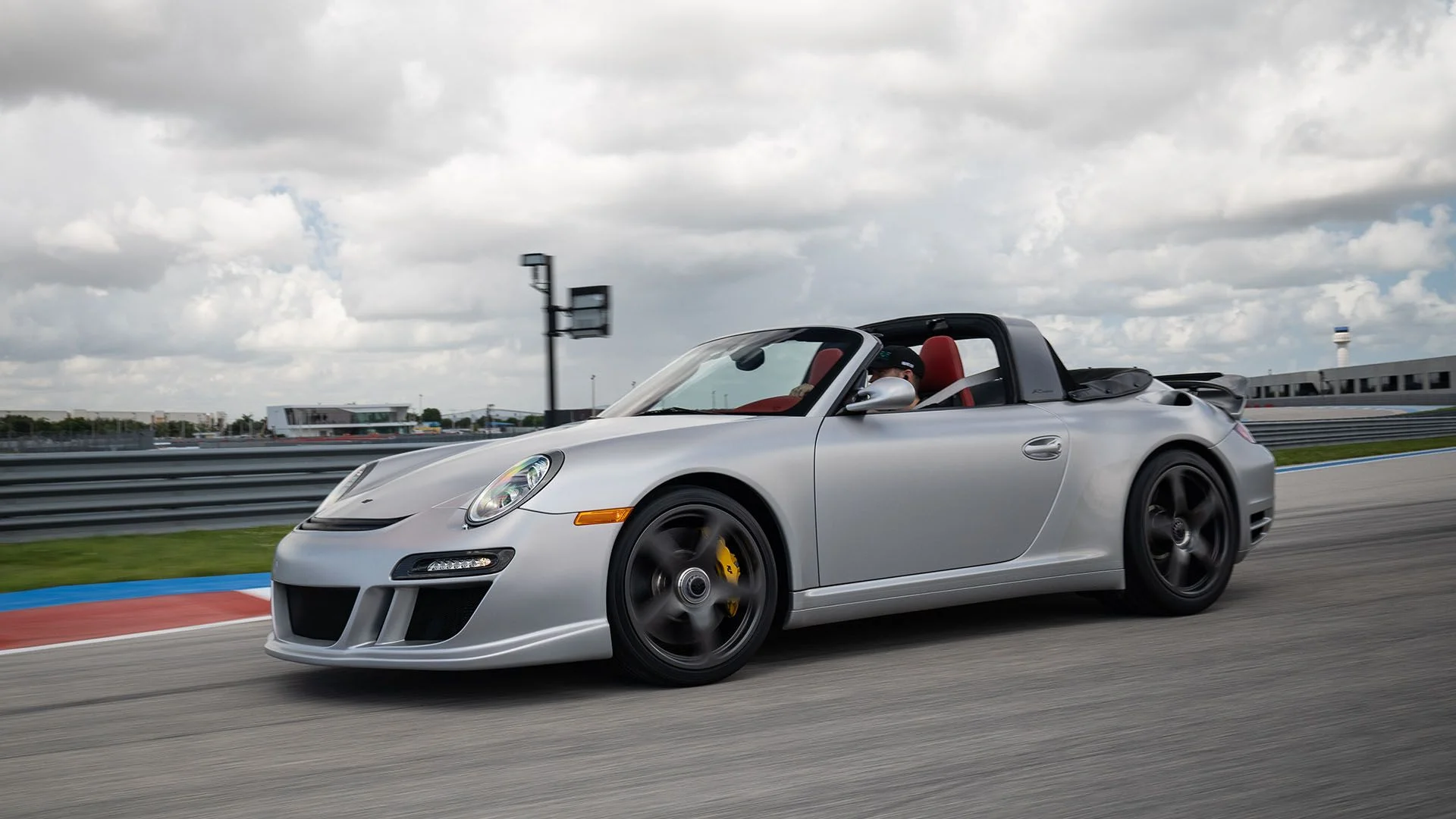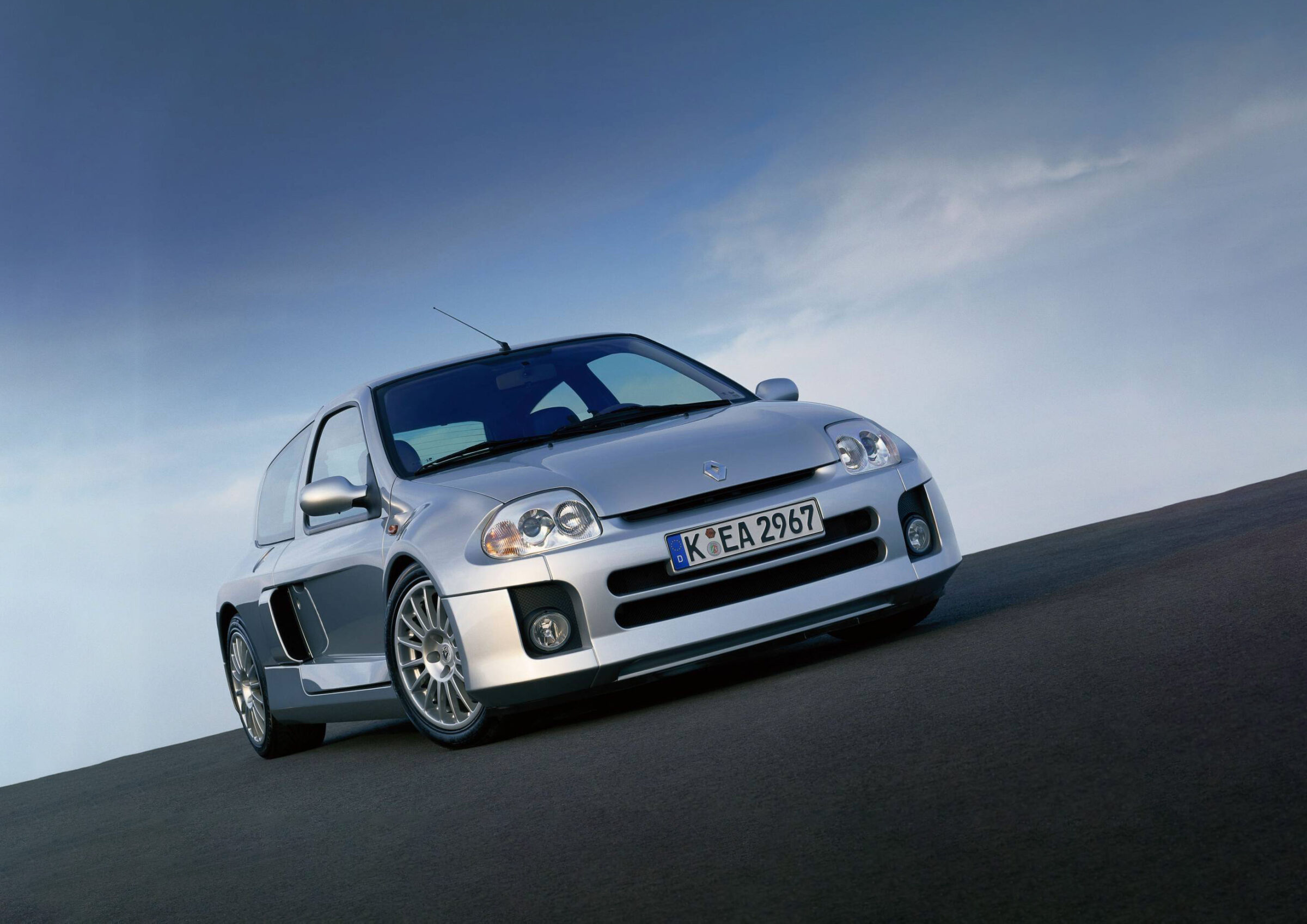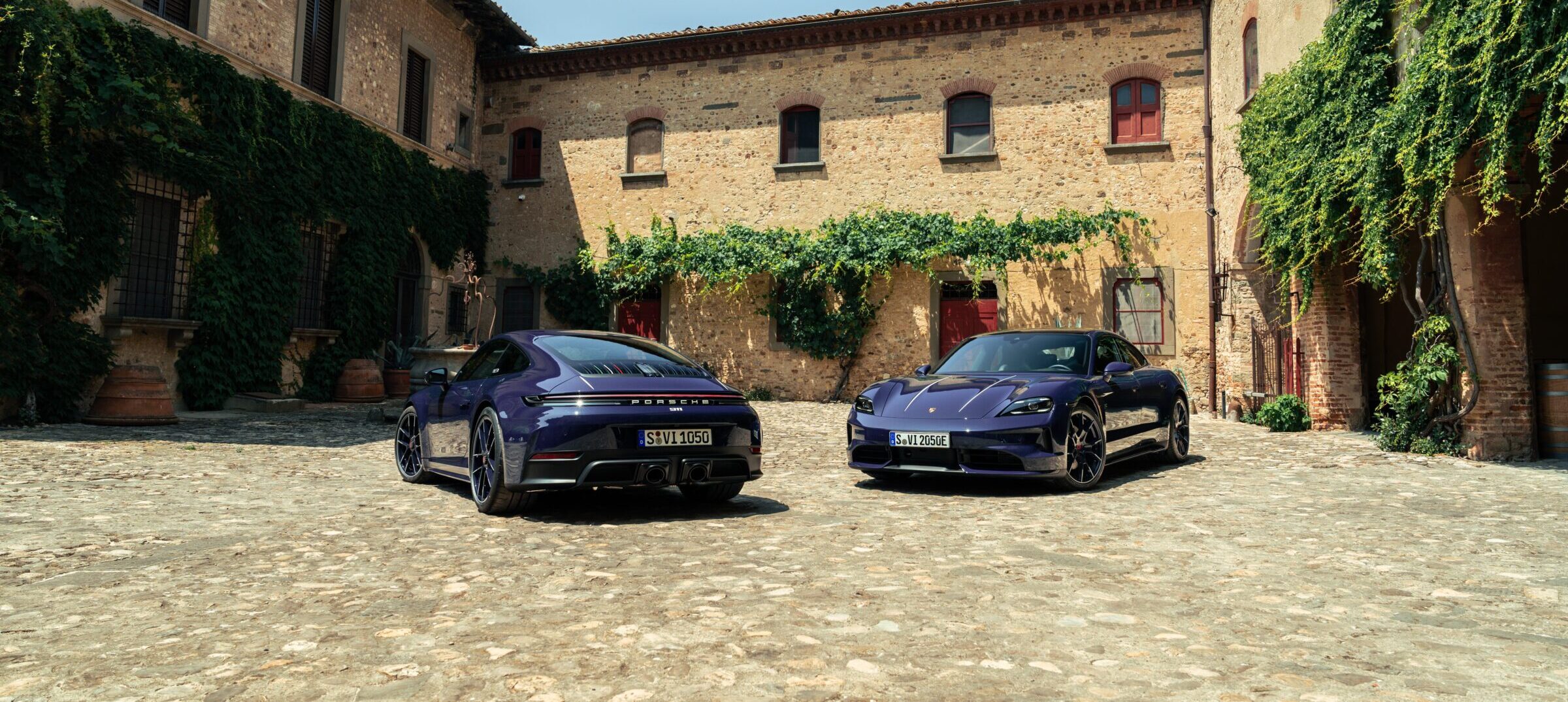A quarter of a century of the 911 GT3
The Porsche 911 has always been close to motorsport. Some model derivatives may be a little further away (Targa, Cabriolet) than others (S/T, R, Carrera RS 2.7, Carrera RS 3.0, RS), but they are all great fun on the racetrack. Nevertheless, in 1999 the company management decided to add a new variant to the range, in which the proximity to motor racing is not just marketing, but is also tangible for the customer.
The very first 911 GT3 based on the then 996 model series made its debut at the Geneva Motor Show, with two absolute experts, Roland Kussmaul and Walter Röhrl, involved in the preceding, lengthy development process. However, the rest of the team at the Test and Development Centre in Weissach also delivered proof of the expertise gathered there with the GT3 – and continues to do so today with every new generation. The GT3 has remained a constant companion on the Porsche scene for 25 years and has become steadily faster, more dynamic, more precise and at the same time more mature in the previous model generations. At the same time, it has retained three attributes: naturally aspirated engine, manual gearbox and rear-wheel drive. And this will still be the case in 2024.
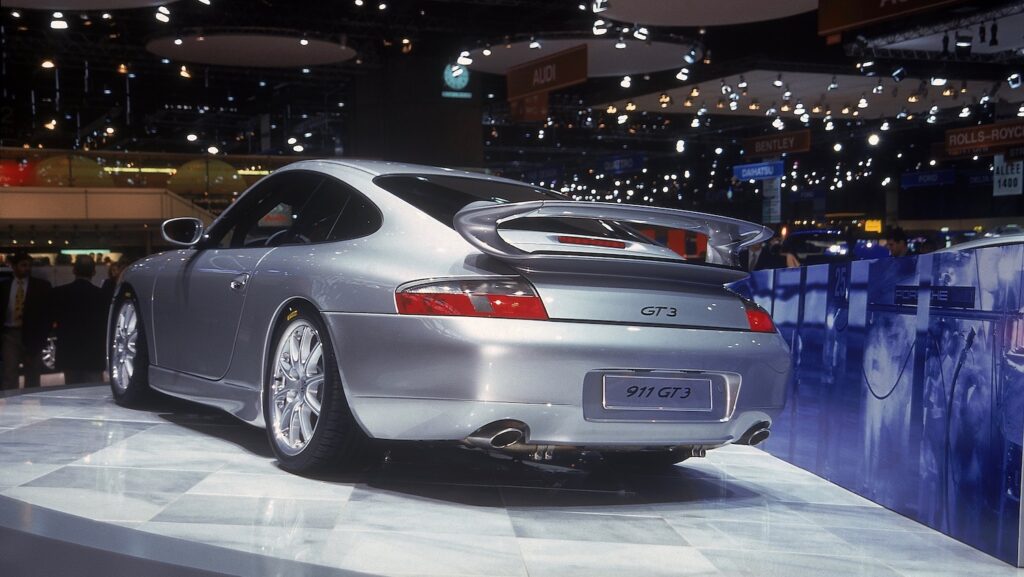
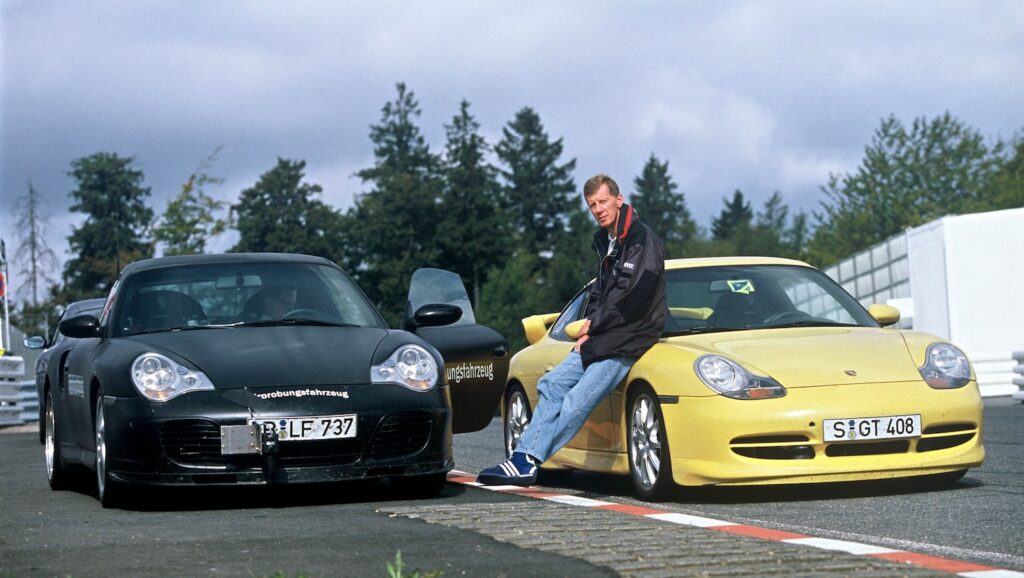
Over the years, various racing versions were developed from the road-legal GT3. In addition to the vehicles for the in-house Porsche Carrera Cup and Super Cup, there were also offshoots with the abbreviations R, RS and RSR for the Sports Car World Championship, the IMSA Championship in North America and other championships around the world. Class and overall victories at the 24 Hours of Le Mans, the 24 Hours of Spa-Francorchamps, the 24 Hours of Daytona and the 24 Hours of the Nürburgring speak for themselves. Over the years, around 80 per cent of all road-going GT3s built have also found their way to racetracks around the world, where they have given their owners much pleasure. However, if you prefer to let off steam on winding country roads, the GT3 is no less suitable.
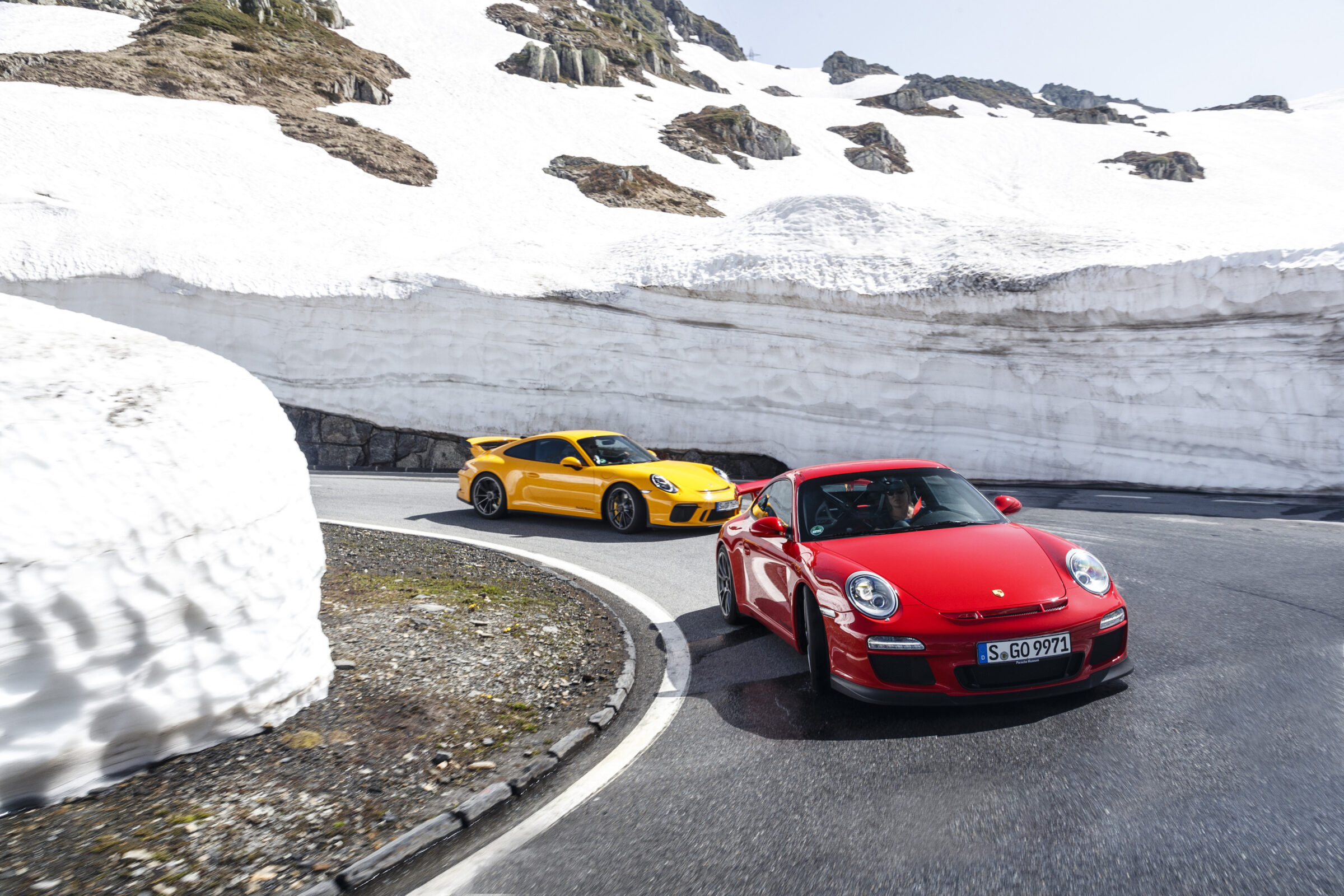
With the first 911 GT3, the previously popular abbreviation RS for the sportiest 911 was dropped for the time being. Instead, the new name abbreviation referred to the FIA racing category in which the corresponding racing variant was categorised. On the road, the adventure began in 1999 with a 3.6-litre six-cylinder boxer engine and 265 kW/360 hp output. Compared to the normal Carrera, the chassis was lowered by 30 millimetres and the six-speed manual gearbox from the GT2 was also installed. An interestingly curved wing was enthroned on the boot lid. With the optional Clubsport package, the GT3 also received a bolted roll cage.
Walter Röhrl completed the Nürburgring Nordschleife in less than eight minutes.
Since then, you can virtually set the clock to a new model generation of the GT3 rolling into dealerships after three or four years at the latest. After the 996.2 and the two versions .1 and .2 of the 997, it was on to the 991 and, from 2021, the 992, of which there were also two variants and thus two GT3 offshoots. Porsche also expanded the range from 2003 with the GT3 RS as an even sportier road car with refined aerodynamics.
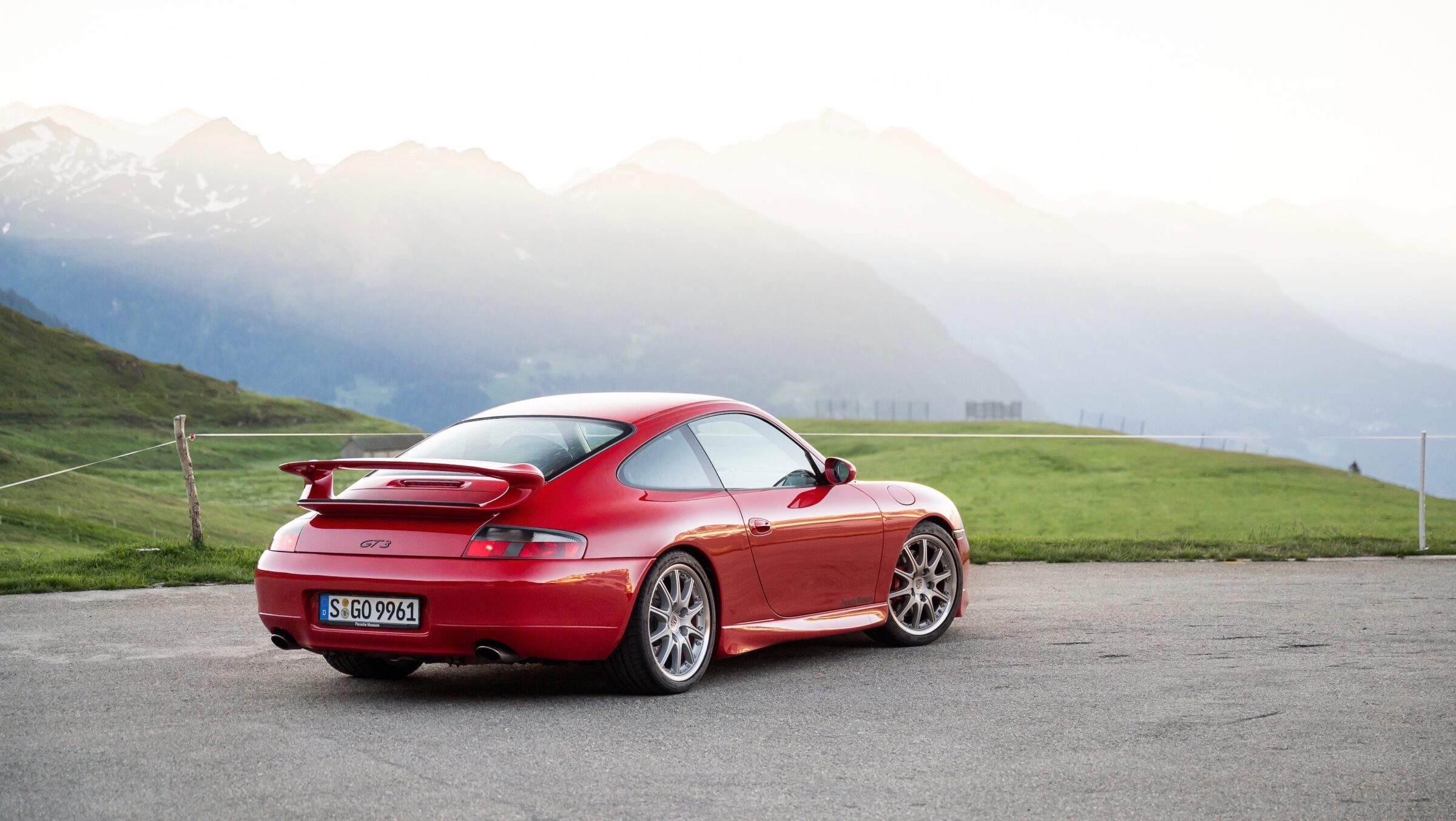
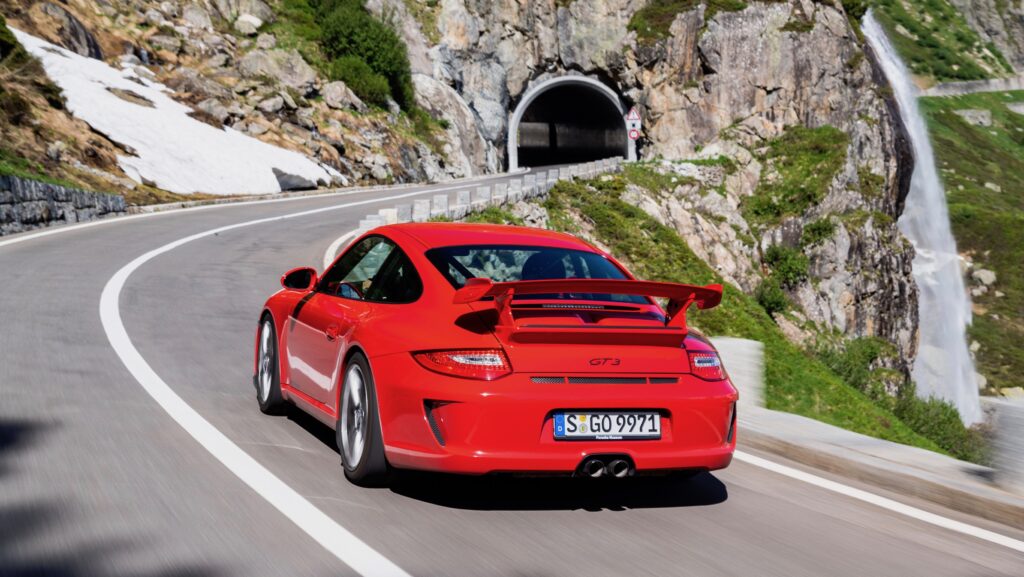
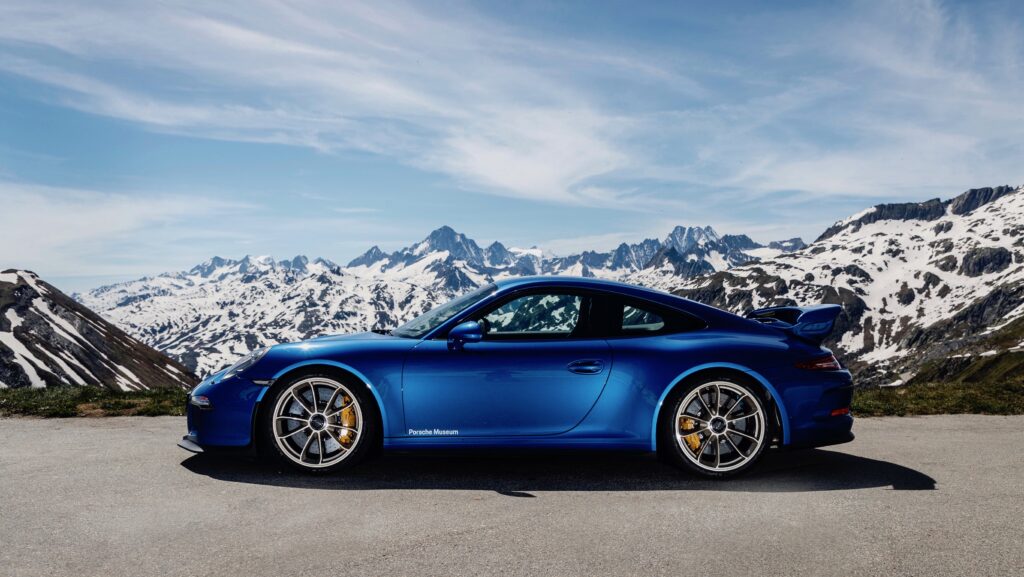
Including the limited GT3 RS 4.0 based on the 997.2, there have already been seven generations of the GT3 RS. With the 991.1, Porsche replaced an element from the catalogue of attributes and promptly received a scolding from the die-hard fans: instead of the traditional manual gearbox, this GT3 generation received a seven-speed dual-clutch gearbox. Since the 991.2, the GT3 has also been offered with a six-speed gearbox as an alternative to the dual-clutch transmission and the Touring version without rear wing was also introduced.
In the 991 expansion stage, the normal GT3 reached 368 kW/500 hp, while the GT3 RS even achieved 383 kW/520 hp. Since 2021, the seventh and current edition of the GT3 has already delivered 510 hp. The high-revving naturally aspirated engine concept has been retained and the popular manual gearbox has also survived the leap into the 992 model series. Special features of the current GT3: the double wishbone front axle layout and the aerodynamics with swan-neck rear wing and striking diffuser, which were inspired by the big racing brother 911 RSR.
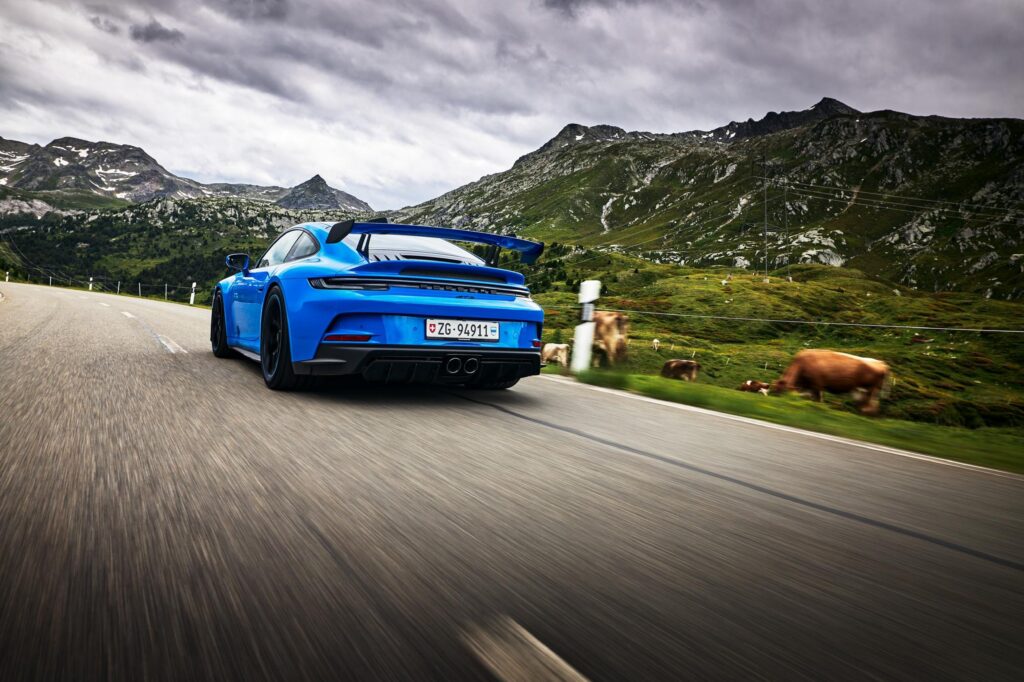
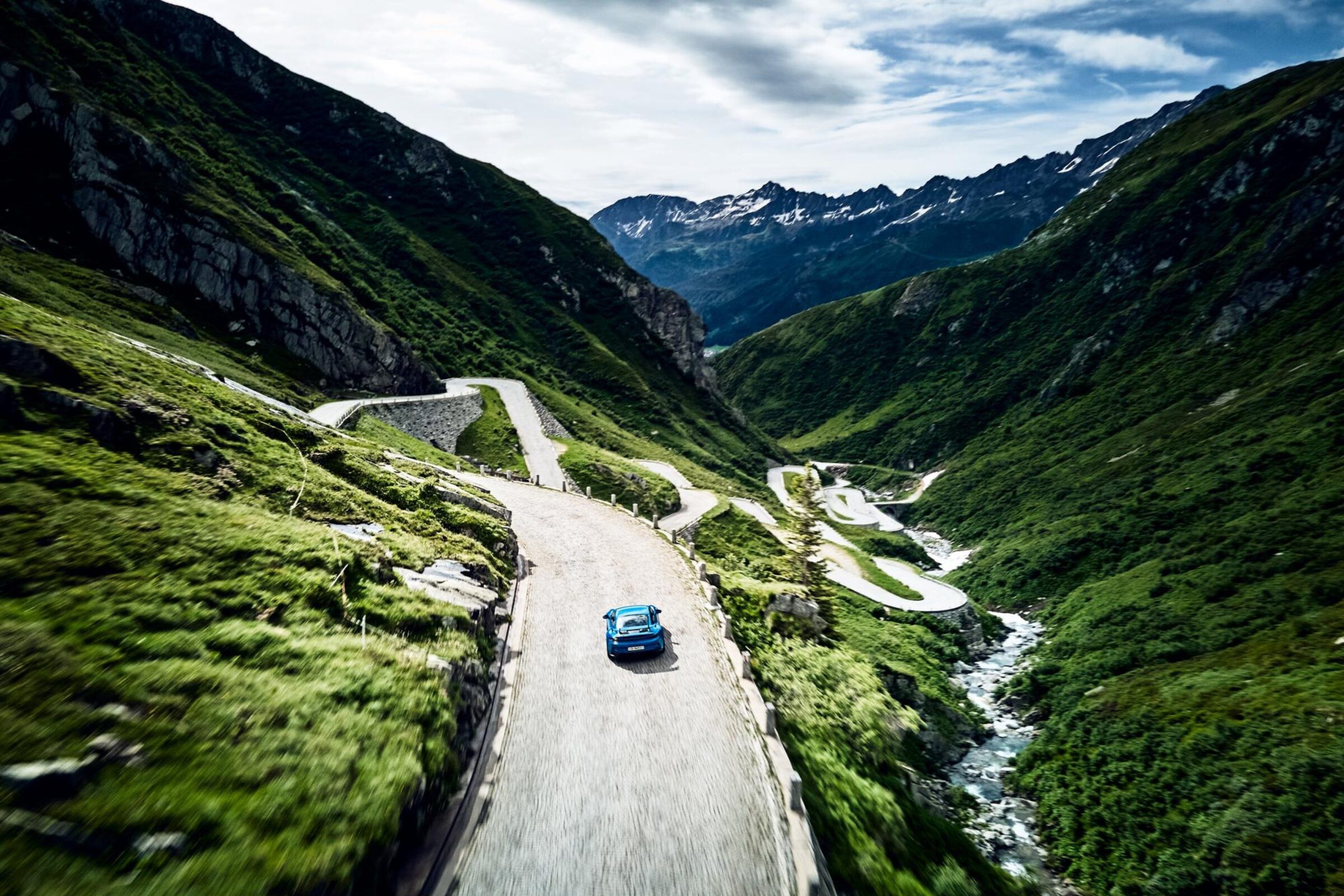
Photos: Porsche, Porsche Switzerland

